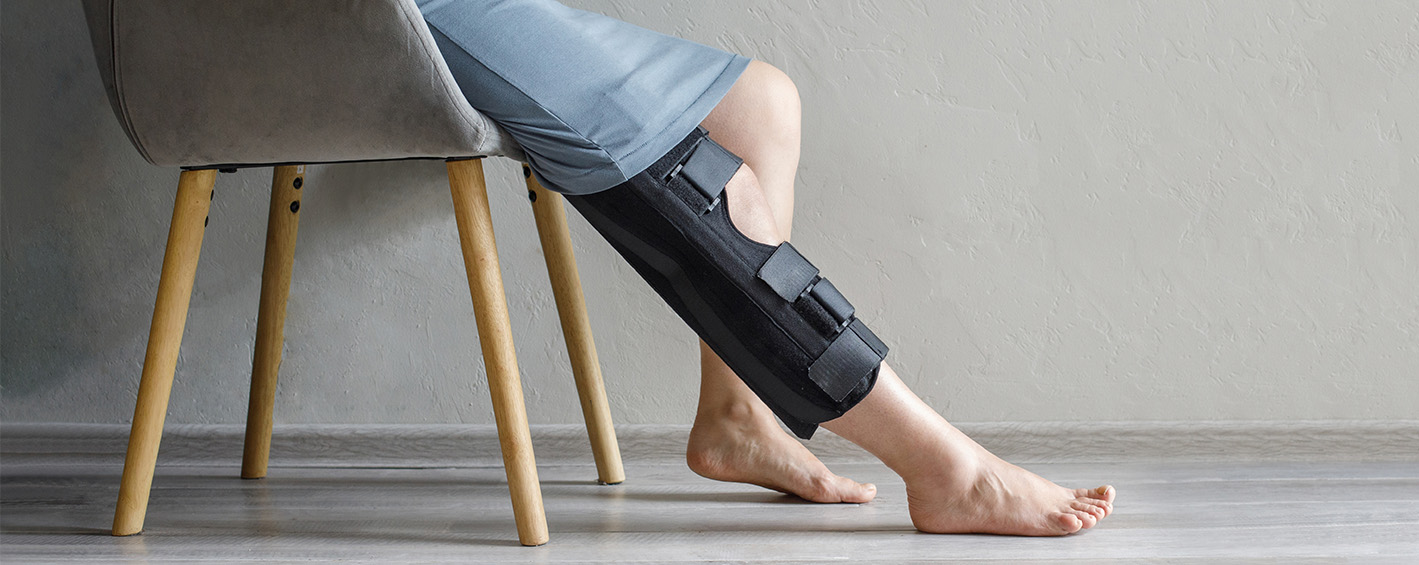Share it
To mitigate the risk of ACL injuries in young female soccer players, it's crucial to implement injury prevention programs that include neuromuscular training, strength and conditioning, agility drills, and balance exercises.

Research suggests that young female soccer players are more prone to ACL (anterior cruciate ligament) injuries compared to their male counterparts. Several factors contribute to this higher risk:
- Anatomical Differences: Women generally have wider hips and a smaller intercondylar notch in the knee, which can increase the risk of ACL injuries due to differences in alignment and biomechanics.
- Hormonal Factors: Fluctuations in estrogen levels during the menstrual cycle can affect ligament laxity, potentially increasing susceptibility to ACL injuries.
- Biomechanical Differences: Women often exhibit biomechanical differences in movement patterns, such as increased knee valgus (inward collapse) during landing and cutting movements, which can place greater stress on the ACL.
- Muscular Imbalances: Differences in muscle strength and activation patterns between males and females, particularly in the quadriceps and hamstrings, can contribute to ACL injury risk.
- Neuromuscular Control: Female athletes may have lower levels of neuromuscular control, coordination, and proprioception, which are essential for proper movement and injury prevention.
- Training and Conditioning: Historically, female athletes may have received less focused training on proper movement mechanics and injury prevention compared to male athletes. Improvements in training programs aimed at addressing these factors can help reduce ACL injury risk.
Coaches and medical professionals should closely monitor athletes for signs of fatigue, overuse, or biomechanical issues, and provide appropriate rest and rehabilitation when necessary.